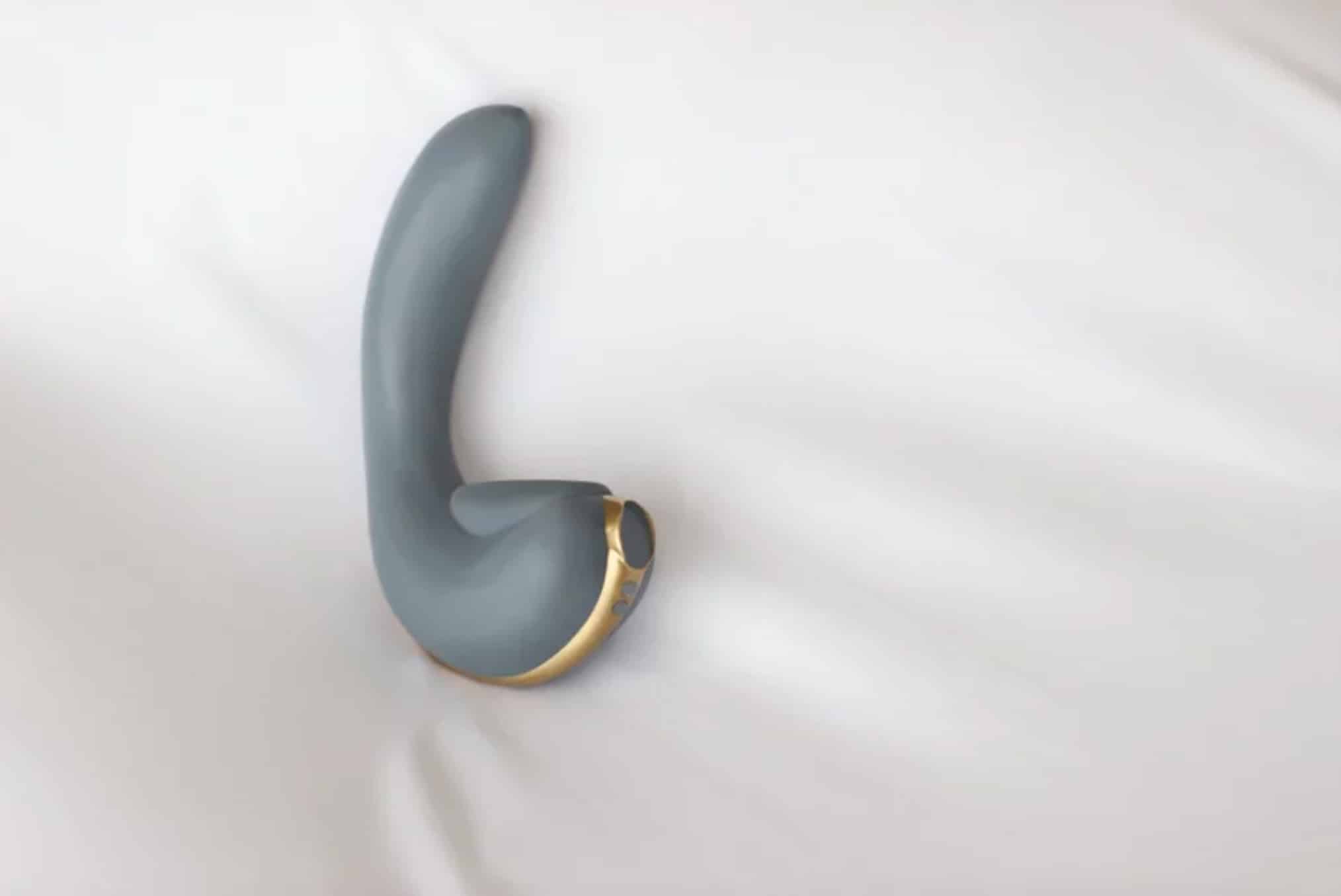An innovative female sex toy was banned from CES, what does this mean?

Last week, the Consumer Electronics Show (CES), the international trade show for consumer tech and innovation made headlines not only for the futuristic gadgets it showcased but for possibly facing allegations of gender-bias after it had banned a female sex toy from exhibiting in the show, even though the toy in question had won an ‘honouree’ award for its breakthrough design and innovation.
The smoothly curved grey Osé “is the only product designed for hands-free blended orgasms.” Describes the female-led company Lora Dicarlo, founded by Lora Haddock in 2017 with the mission of launching new physiologically appropriate women’s health and wellness products. In the product description, Lora Dicarlo boasts the intricate engineering work behind the toy, which uses what it refers to as advanced micro-robotics that “mimics all of the sensations of a human mouth, tongue, and fingers, for an experience that feels just like a real partner.”

A month after the announcement of Osé’s award in the Robotics and Drone category it was withdrawn by the CES’ organiser, the Consumer Technology Associates (CTA), claiming that it was selected by mistake, adding that the device was ‘immoral’, ‘obscene’ and simply does not fit within the specific category or, in fact, in any other categories of the trade show. In response, Haddock published an open letter on Lora Dicarlo’s website where she writes that “Two robotic vacuum cleaners, one robotic skateboard, four children’s toys, one shopping companion robot – looks like all of women’s interests are covered, right?”
Now it’s crucial to note that what the CTA regards as immoral and obscene isn’t at all sex-oriented tech, but female-oriented sex tech. Just last year, CES made headlines when it showcased Abyss Creations’ debut of its second RealDoll AI-sex doll called Harmony. Equipped with a shimmering blonde wig, soft pale skin, makeup and of course, a revealing cleavage of her perfectly perky breasts, Harmony is but a modular robotic head that can be fitted on a variety of robotic bodies, all customisable to the male consumers’ desire.
Two years ago, in CES 2016, VR porn company BaDoink teamed up with Kiiroo, who is “one of the leading pioneers in teledildonics” according to a press release, to create an immersive porn experience where users can ‘feel’ what they see. The experience, in fact, took up an entire room in the show and reportedly had been visited more than 1,000 times in its first day of opening. On show, as expected, was the usual male-oriented porn. Finally, in this year’s CES, the show had arranged for an unofficial shuttle bus to take people from the conference site to a legal brothel for a sex-video experience controlled by an Amazon Echo speaker.
Needless to say, the Osé was in no way out of place for its sexually-oriented technology. No. The Osé was simply out of place for the gender it caters to. On the one hand, we are witnessing a rise in sex-oriented technology and particularly a growth in fem-sex tech that tries to empower women through both sex education and pleasure. Yet on the other hand, when a tech fair such as CES fails to include and support products like Osé, it feels like that even in the forward-looking world of tech (or at least what is considered as such), there are still frictions that led to huge steps back in the quest for equality and female empowerment. We should only hope that it was the decision of a rather frustrated man sitting in the CTA boardroom which led to this otherwise unacceptable exclusion.




